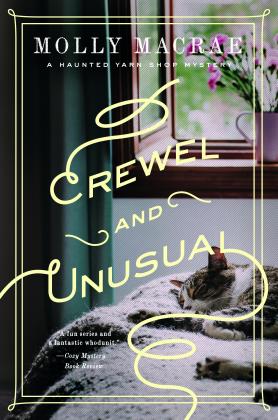 Jack Kelly is a journalist, historian, and one-time screenwriter. His latest book The Edge of Anarchy: The Railroad Barons, the Gilded Age, and the Greatest Labor Uprising in America was praised by the New York Times as “timely and urgent ... a thrilling description of the boycott of Pullman cars and equipment by Eugene Debs’s fledgling American Railway Union.
Jack Kelly is a journalist, historian, and one-time screenwriter. His latest book The Edge of Anarchy: The Railroad Barons, the Gilded Age, and the Greatest Labor Uprising in America was praised by the New York Times as “timely and urgent ... a thrilling description of the boycott of Pullman cars and equipment by Eugene Debs’s fledgling American Railway Union.Here Kelly shares some thoughts on adapting the book for the big screen:
How would I adapt The Edge of Anarchy into a movie? The book details the greatest labor disturbance in U.S. history, the 1894 Pullman Strike, which shut down rail service to much of the nation and brought rioting and food shortages to major cities.Learn more about the book and author at Jack Kelly's website.
Labor history has not attracted many feature film makers. Norma Rae, Matewan, On the Waterfront ... the list runs out pretty quickly. To succeed the movie needs a strong protagonist. The Edge of Anarchy has this in Eugene Debs, the dynamic leader of the American Railway Union. A good villain is essential – George Pullman and U.S. Attorney General Richard Olney, who called in the army, will both serve nicely. A female lead: Jennie Curtis, a seamstress who electrified the union delegates and became a voice for the strike. A narrator: Debs’s younger brother Theodore, always at his side.
Christian Bale would be able to handle the role of Debs, as proven particularly by his work in The Big Short. The director of that film, Adam McKay, might be a good choice for his ability to explain a complicated situation.
Plenty of action and suspense, along with some great Gilded Age period detail, with the contrasts between mansions and tenements, gala balls and sweat shops. The workers lose the strike, but Debs returns from jail in triumph as a hundred thousand supporters welcome him home. Cue the credits.
The Page 99 Test: Band of Giants.
--Marshal Zeringue


















